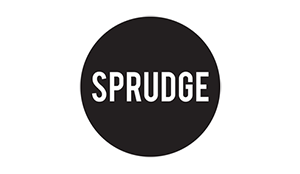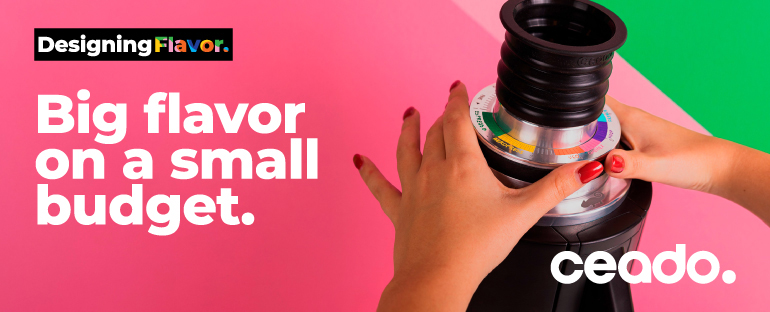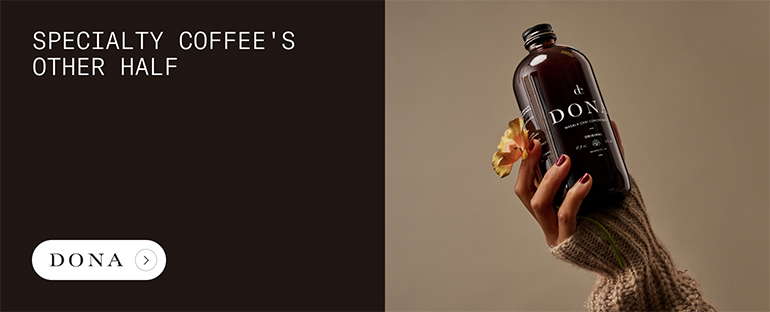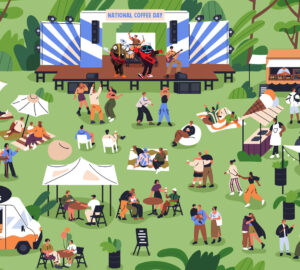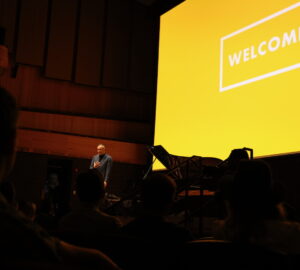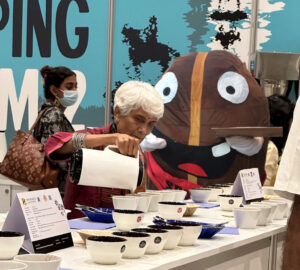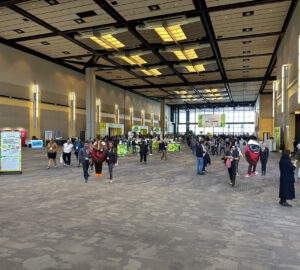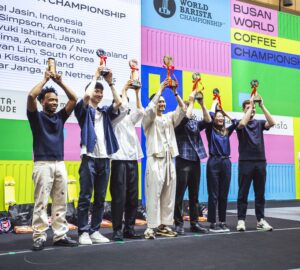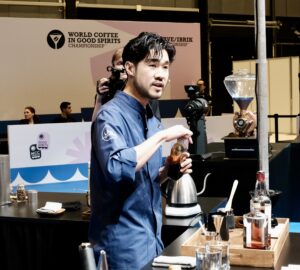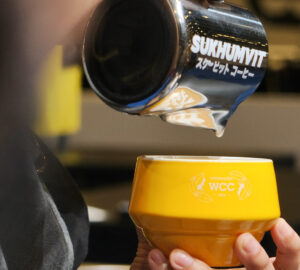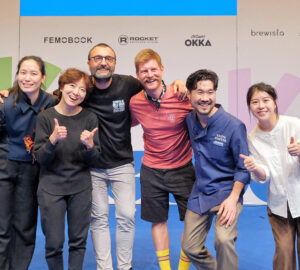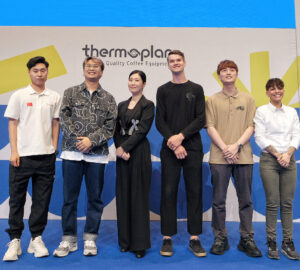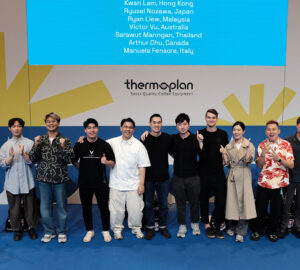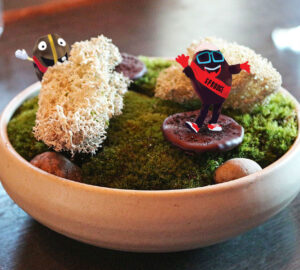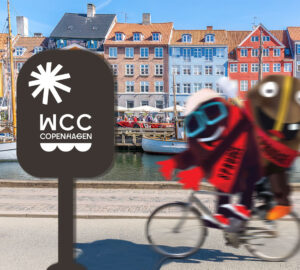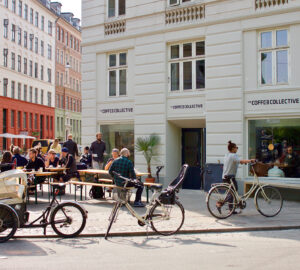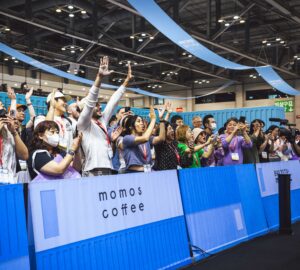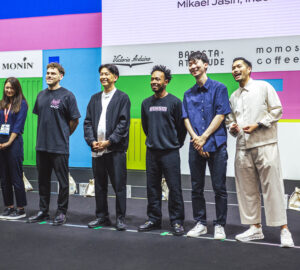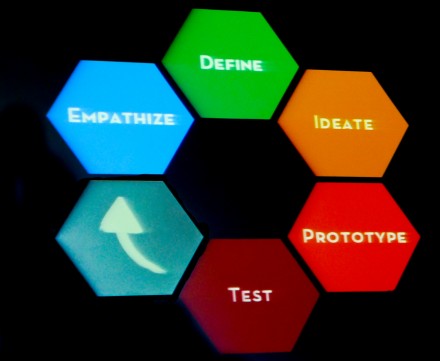
Sprudge.com assistant editor Alex Bernson is currently in El Salvador, covering and participating in Sustainable Harvest’s annual Let’s Talk Coffee conference.
If there’s one message that Let’s Talk Coffee has made clear to me, it’s that addressing the challenges facing specialty coffee most definitely requires creative new approaches, and especially ones that include stakeholders throughout the entire supply chain. To help spur that sort of thinking, Sustainable Harvest partnered with the Stanford d.school, that university’s multi-disciplinary design program.
Over the course of a semester, students and staff in the d.school’s Designing For Extreme Affordability course worked with Sustainable Harvest and multiple coffee producers to develop innovative new products that address the losses of quality that can occur during the different stages of coffee production. They came to Let’s Talk Coffee to share the products they had come up with: a sensor system to more accurately determine optimal fermentation by measuring pH, and a heat & forced air driven drying enclosure. D.school presenters also helped to develop conference-goers’ “creative confidence” by teaching attendees the d.school’s human-centered design process.
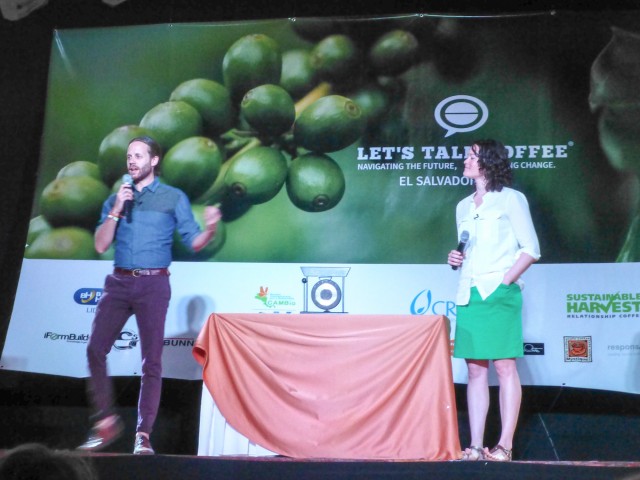
The day started off with a presentation from David Janka and Joan Dorsey, the instructors of the Design for Extreme Affordability course. They led all 400+ LTC attendees in a two-hour workshop that laid out the basic tenets of the d.school’s design process. If you’re interested, you can see a version of this workshop online here.
Empathizing with the needs and concerns of users is the cornerstone of that process. The idea is to do your best to understand the challenges faced by users so that you can accurately define the scope of the problem and then rapidly develop ideas and prototypes to address the challenges. They emphasize creating prototypes while “on the ground”, creating mockups and rough versions that you can quickly get into the hands of users in order to receive immediate feedback on how accurately you have defined and addressed the scope of the challenges. As you can see from the handy info-graphic at the top of this piece, the whole process is iterative: by creating prototypes and receiving feedback, one is better able to empathize with the users and hone in on exactly the challenges that need to be addressed.
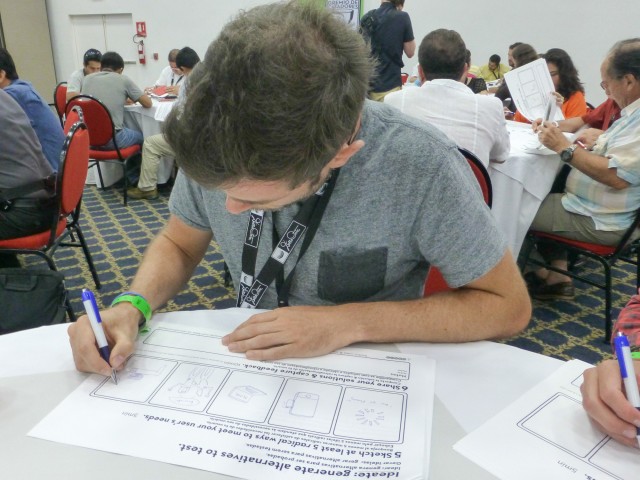
To give us all a hands-on feel for this process, we were tasked with creating an innovative solution to the dental hygiene challenges faced by the person sitting next to us. In a series of rapid-fire exercises, we interviewed them about their habits and the issues they faced.
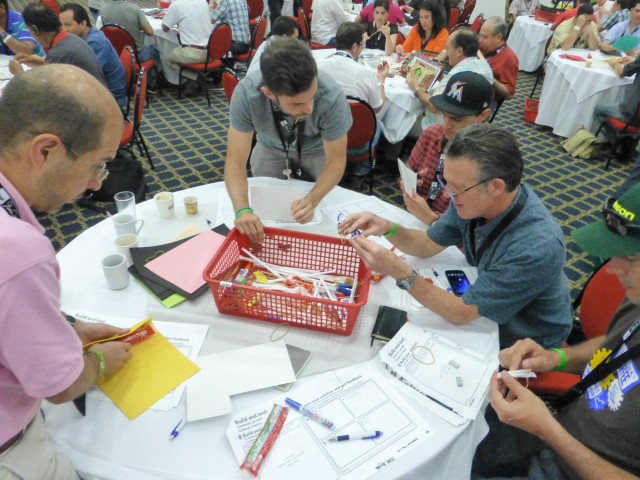
After empathizing with their oral-hygiene challenges, we worked to define the problem and brainstorm innovative solutions. We then presented our ideas to our partner and received their feedback. From there, we went into the prototyping phase: building our proposed solutions out of cardstock, modeling clay, straws, and various other craft supplies.
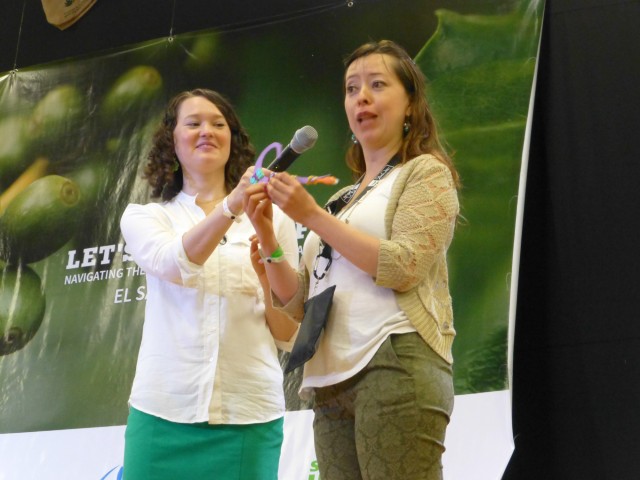
Once we had manufactured our high-tech prototypes, we then presented them to our users, and the best designs were presented to the entire crowd. While making electronic toothbrushes that played music and read us the morning news out of cardstock may not be *the most* applicable thing for the coffee industry, the engaging, high energy experience loosened the crowd up and gave us a strong intuitive understanding for the d.school design process.
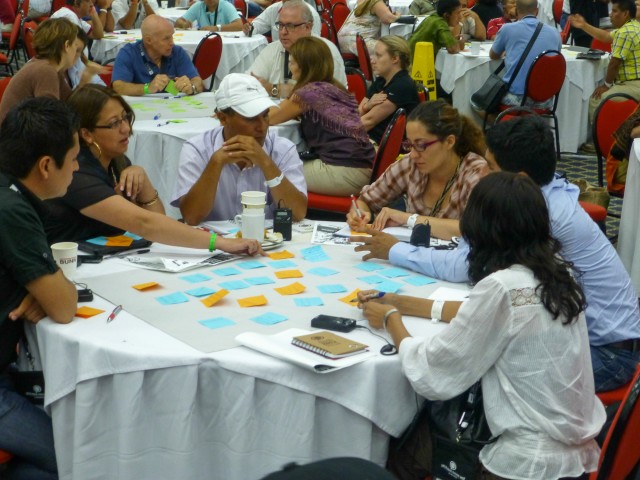
After leading us through a lower-stakes design process, the exercise then turned to more serious concerns: attendees were asked to use the same empathizing and problem-defining skills to brainstorm potential solutions to the problem of declining interest in coffee production amongst the younger generations and the need for more end-to-end information sharing throughout the supply chain. The entire hall was a-buzz with discussion as attendees dove into these serious concerns with a heightened sense of energy and creative possibility.
Once these exercises wrapped up, it was time to hear about how the d.school students had applied these processes to real-world projects. The students had been tasked with addressing the losses of cup quality that can happen during coffee processing, and had been split into two teams. The first team honed in on the issues that can come from over- and under-fermentation of coffee beans, while the second team looked at the problem of uneven temperature and humidity during the drying process.
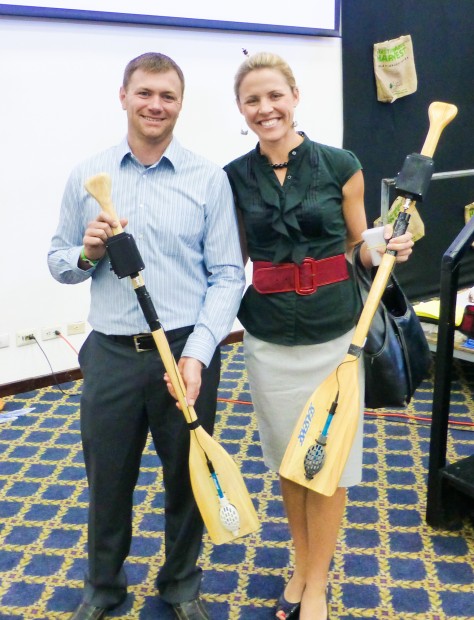
The teams sought to address these challenges by using low-cost electronic sensors to better measure and control the processes they were trying to improve. You can read more about their work at Human-Centered Design Connect. Particularly interesting to me was the fermentation team’s solution: after working at origin with farmers, they discovered that as fermentation progresses, pH decreases, and that it is possible to identify a specific pH point where the beans have been optimally fermented. Based on this insight, they developed a paddle with an integrated pH sensor that can be used to stir the tanks during fermentation, accurately measuring the average pH in the solution.
After the presentations, the teams were available to show off their prototypes and answer questions, and both the fermentation and drying teams were mobbed with producers. I talked to them about the response they’ve received so far and what they are planning to do with their prototypes, and they said they were blown away with the level of enthusiasm and interest they’ve received.
There’s still plenty of work to be done—their class just ended this past semester—but their excitement at the business potential was obvious. I heard rumblings of trying to form a “coffee design innovation lab” to bring their products to market and explore other areas where design thinking can bring innovative solutions to the coffee production chain. An exciting idea to be sure, and one that I very much hope they have success in pursuing.
Alex Bernson (@alexbernson) is the Assistant Editor at Sprudge.com. You can read more of his work here.
